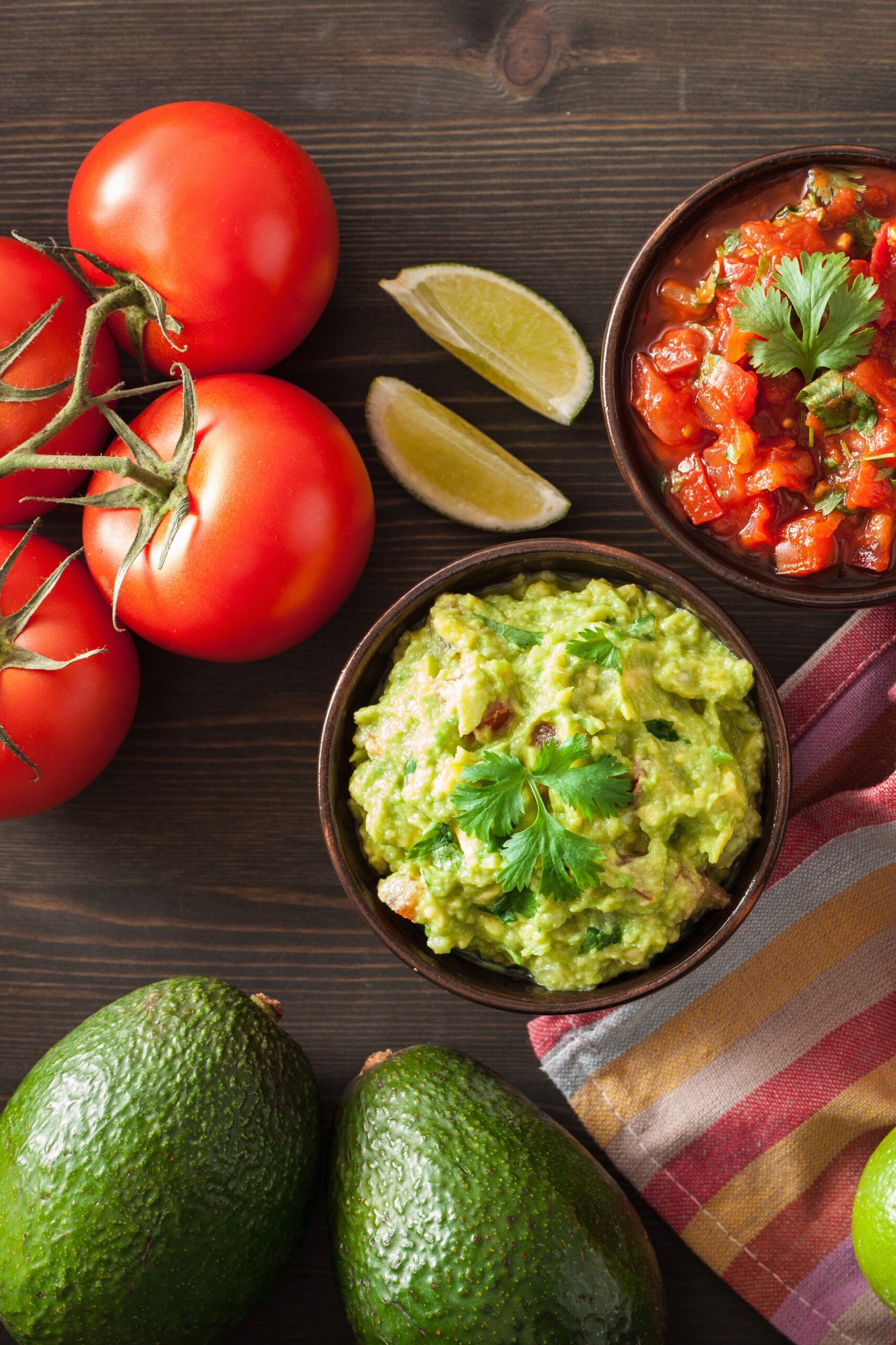As it turns out, certain foods just work better together (read: peanut butter and jelly) for more reasons than just their taste profile—each one improves the benefits of the other, serving you with a complete meal. This concept of pairing foods is not new to Ayurveda. In fact, most of the traditional Indian recipes take food synergies into account. For instance, the inflammatory impact of spicy Indian dishes on the digestive system is reduced by the addition of cooling herbs. “Ayurveda explains that different foods have different energies, tastes and digestive effects on body. If you cook potatoes and beans with ghee and black pepper, it reduces their gaseous effect on body drastically. Buttermilk becomes a pre-meal digestive elixir only when combined with spices like ginger and cumin,” says Diwakar Balodi, senior chef, Ananda in the Himalayas.
Ayurveda also tells you which foods you should not combine together. “For example, consuming milk with yoghurt is a complete no-no, as milk is sweet and yoghurt is sour and they have a very different post digestive impact on body. When consumed together, the digestive system may get confused, aggravating excess mucus production and acidity related issues,” elaborates chef Balodi. Ahead, we list ou t the best smart food combinations you can include in your diet to make these nutritious foods work even better for you.
1) Eggs and spinach
Research states that the since Vitamin E is a fat-soluble vitamin, it requires fats to be absorbed by the body. “The fatty yolk from the egg is responsible for absorption of Vitamin E from the salad. In fact, several studies point out that the addition of eggs in salads even enhanced the absorption of beta-carotene, lutein and lycopene. So, eating eggs with a side of greens, boosts Vitamin E absorption by four to five times,” says nutritionist Harpreet Pasricha.
2) Tomatoes and avocados
This is the best reason to enjoy your nachos with salsa and guacamole—the lycopene (which is a powerful antioxidant) present in the tomatoes is absorbed by the body almost five times better, when eaten with a good fat like an avocado.
3) Green tea and lemon
Green tea is packed with EGCG (epigallocatechin gallate), a flavonoid antioxidant that protects the body against cancer and cardiovascular disease. “The antioxidants present in green tea will increase and be [more] available for your body to absorb if you [have the tea with] citrus rich foods such as lemon,” explains Pasricha. “Another benefit of adding lemon juice in tea [is that it] helps neutralise the iron-binding effect of compounds in tea called tannins,” she adds.
4) Kale and olive oil
Kale is one of the richest sources of Vitamin K, which is an important bone building vitamin. If you’re pairing it with lemon juice to keep things low calorie, you’re keeping it low on nutrients as well. “You can add a fat like olive oil or ghee, or add nuts to your salad,” says Pasricha. The fat helps the Vitamin K to be bio-available for the body. Plus, the unsaturated fatty acids in olive oil, along with the nitrites in green leafy vegetables, can help lower blood pressure when eaten together.
5) Turmeric and black pepper
Turmeric has long been studied for its anti-cancer properties and anti-inflammatory effects because of its active ingredient, curcumin. Adding black pepper to the mix increases curcumin’s bioavailability by 1,000 times—as its active ingredient, piperine, works well in combination with curcumin. You can use both spices to make most Indian foods, or just add them to warm water and drink the concoction first thing in the morning.
6) Brown rice and bell peppers
Besides delivering a decent amount of fibre and protein, brown rice is also a good source of iron. “But the iron from plant foods (called non-heme iron) isn’t as easily absorbed as the iron in meat (heme iron),” points out Pasricha. She recommends including a food that’s high in Vitamin C, such as bell peppers (95 mg per one-half cup), with brown rice. So next time you are having a bowl of brown rice, make sure to toss in some stir-fried bell peppers to enhance non-heme iron absorption by almost four times. “This applies to any other Vitamin C and non-heme iron source combinations, such as quinoa salad with bell peppers, dried beans with sautéed bell peppers, or even a quinoa strawberry salad.”





